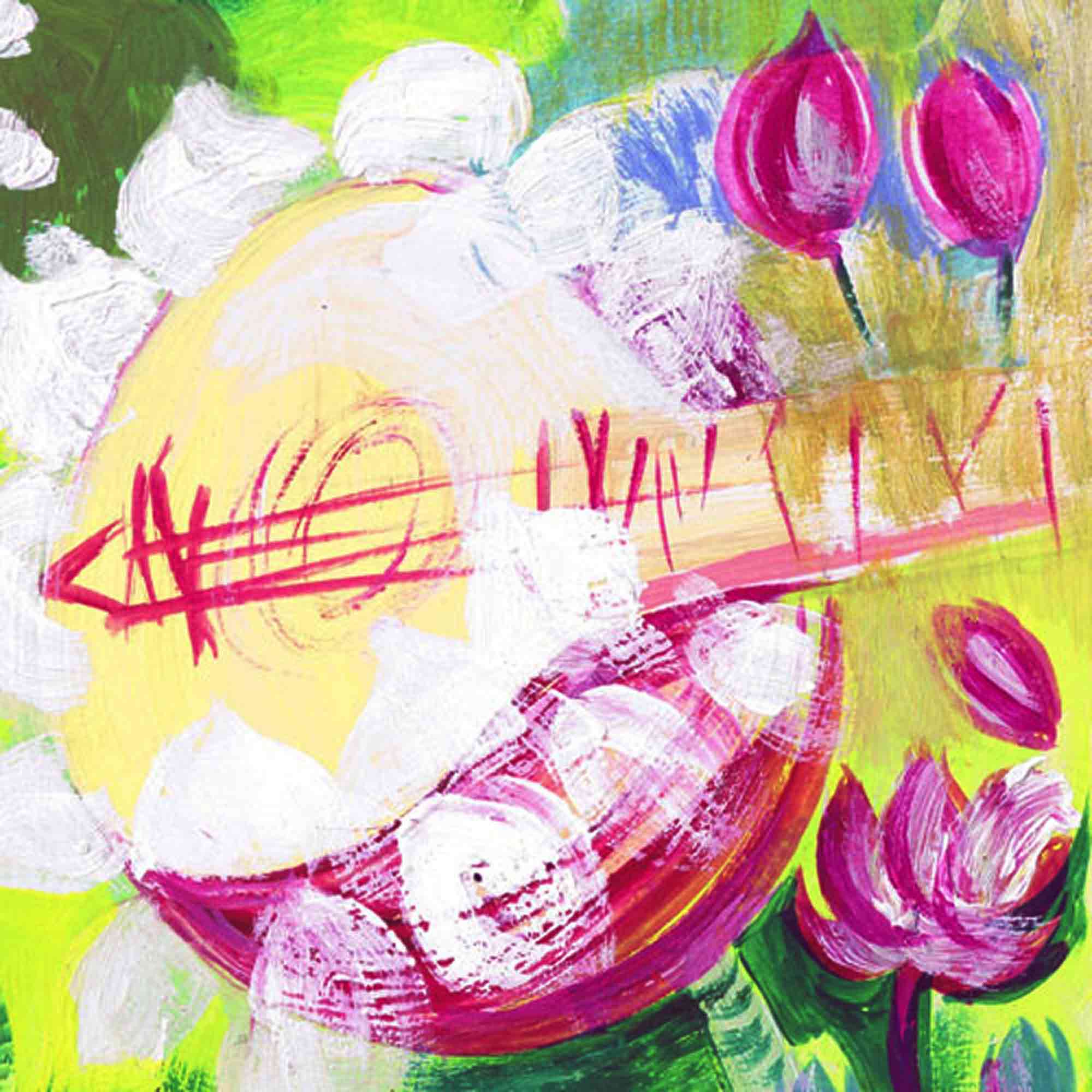“Yours figuratively: Indian music in intercultural education”
- Date: Thursday 28th July 2016 (17:15 – 18:15)
- Venue: AGOS Studio
- Paper Number: 704.00 | Submission Category: Demonstration/Workshop
- Special Interest Group (SIG): Practice & Research in Integrated Music Education
- For more details, kindly check the isme2016glasgow.org website during the conference (24-29 July 2016)
Abstract
Music counts among the proverbial “64 arts and skills” of ancient India where it became synonymous with “leading a fulfilled life”. Thus, having evolved along with other pursuits, Indian music is an interdisciplinary concept that connects people irrespective of age and cultural background. It is in this context that we explore the world of musical figures: figures that convey subtle meaning while symbolizing the very joy of participating in music making of a high order. Rather than borrowing sounds from a supposedly exotic culture, we apply the building blocks of Indian music for several good reasons: for their accessibility in the context of intercultural education and, of course, for their intrinsic value and beauty.
Learners tap into the mind-boggling world of India’s musical ideas. Tiny musical figures are adapted in a manner that has stood the test of time. While being fun on first hearing they also lend themselves to being visualized and analyzed for non-musical purposes.
This teaching method lends itself to classroom and lifelong learning across the entire social spectrum: it adds colour to other school subjects like maths, languages, geography or physical fitness; and requiring no more than voices, hands and open-mindedness, it kindles communication where there is a lack of time and resources, or even a common language. Figuratively yours, ours truly!
Ludwig Pesch studied at Freiburg University from where he went to India in order to be trained and perform as bamboo flautist. Since then he develops intercultural activities that suit the needs of children, music students and teachers; and also for museum education (e.g. family programmes for Museum Rietberg Zurich in conjunction with Indian art exhibitions).
He authored The Oxford Illustrated Companion to South Indian Classical Music and among other writings, contributed to the journal of the Gesellschaft für Musikforschung (Goettingen University “Music | Musics. Structures and Processes“) and to Integrated Music Education. Challenges for Teaching and Teacher Training by M. Cslovjecsek and M. Zulauf, forthcoming). Among his research projects are “Sam, Reflection, Gathering Together!” (Bern University of the Arts in collaboration with Natanakairali, Research and Performing Center for Traditional Arts in Kerala). His ideas on collaborative work are summarized by the acronym AIUME for “Adapting Indian Universals in Music Education”. (www.aiume.org)
Find publications by Ludwig Pesch on worldcat.org >> >>

